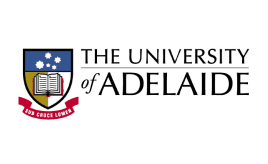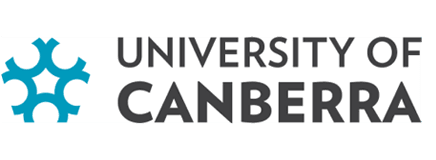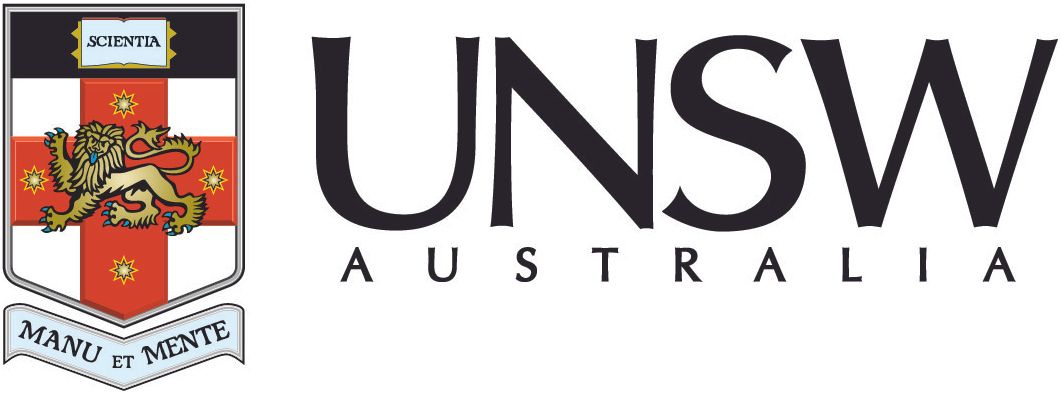Easy ways to help nature in Australia
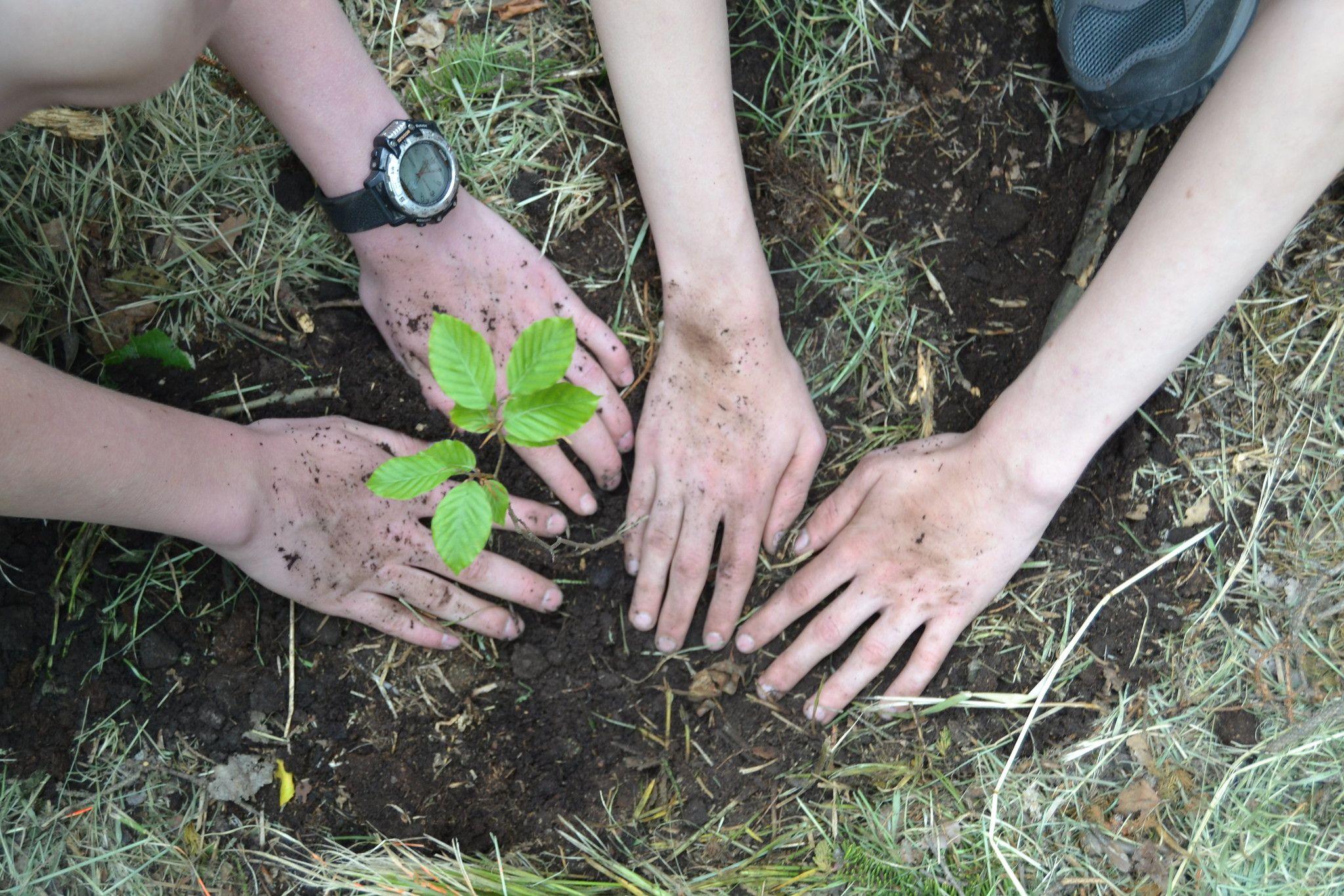
Image: Plant for the Planet, CC BY-NC 2.0 DEED
17 September 2025
There are many things that every person can do to help nature in Australia, and lots of them are very easy and also provide benefits to you.
Acting for nature is often a win-win for biodiversity and people. For instance, planting more trees and shrubs around your home provides habitat for native animals and also keeps your home cooler in hot weather, or eating less red meat reduces land clearing and habitat degradation while also reducing your risk of cancer.
Explore our list and discover the small changes you can make that add up to a big difference for biodiversity. How many will you try?
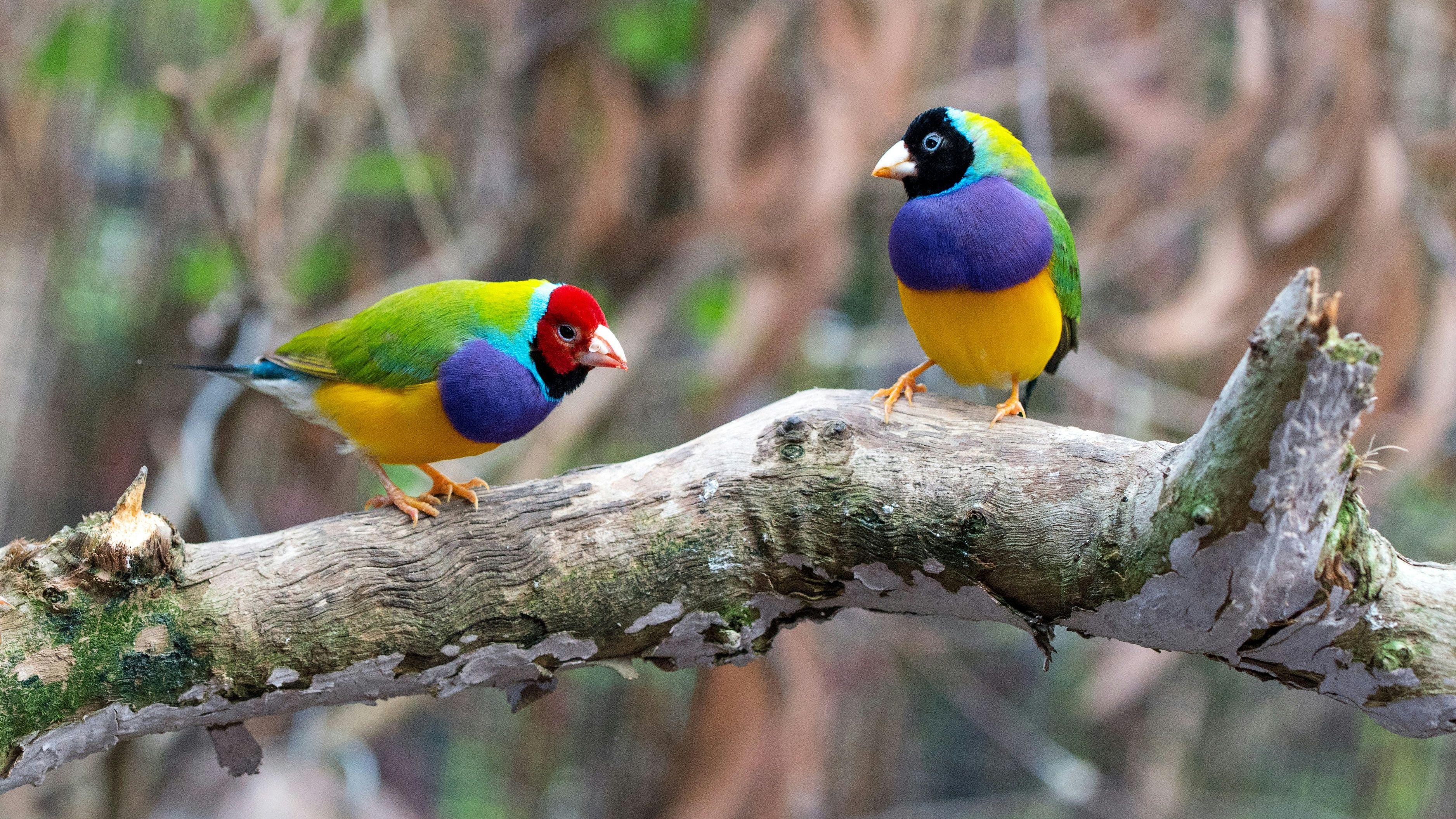
Image: David Clode / Unsplash
Make your home and garden wildlife friendly
Plant and maintain a wildlife garden
Urban areas are important to many threatened species populations. Wildlife gardening helps provide important habitat and increases habitat connections between green spaces in these urban areas. Increasing nature around you also has health and wellbeing benefits for people.
There are many things you can do in your garden to get started, like:
- Plant natives local to your area, particularly flowering plants to attract insects and birds.
- Add a water source like a bird path or pond.
- Stack rocks to give reptiles a home.
- Install other structures like possum shelters, bird boxes and bat boxes.
If starting out, your local government or native nursery is often a great source of advice and resources and sometimes also free or inexpensive plants!
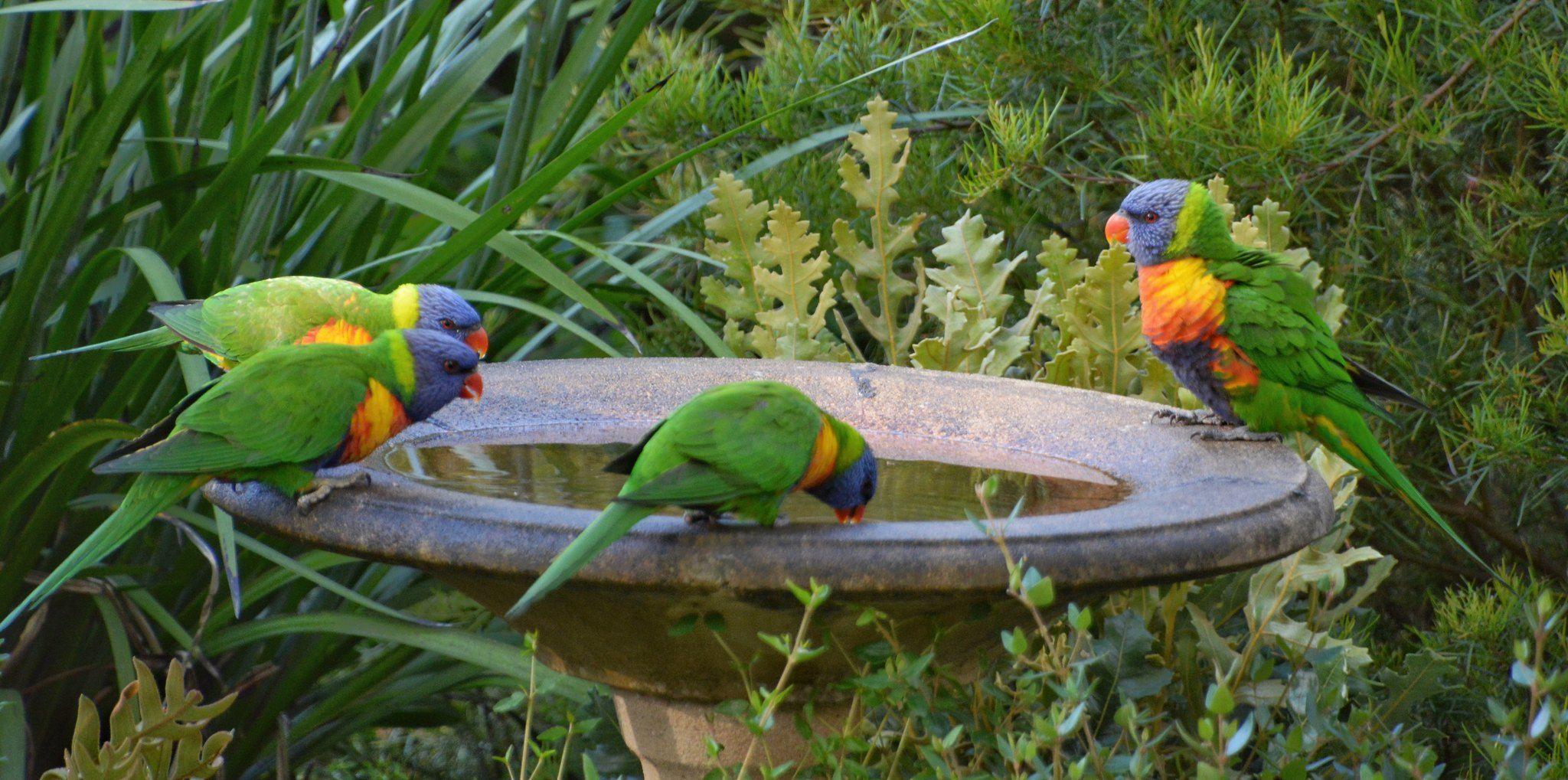
Rainbow lorikeets in a backyard bird bath. Image: John Morton, CC BY-SA 2.0 DEED / Flickr
Make your garden bird-friendly
Home gardens can provide vital habitat for Australian birds. But there’s more to it than just planting certain types of shrubs and flowering trees.
Research shows that by both reducing threats to birds in your garden - like pets, outdoor lighting and window strikes - and improving habitat, you can attract a wider range of Australian birds to your yard.
Help save local invertebrates
Invertebrates, like bees, worms and spiders, play many vital functions in our ecosystems. But almost 1,000 Aussie invertebrates are threatened with extinction.
Here's how you can help:
- Plant local native flowers to feed pollinating insects.
- Avoid or cut down on insecticides, especially broad-spectrum sprays outdoors. Take the No Spray Spring pledge!
- Create critter havens by keeping part of your garden “wild” - leave piles of twigs, leaves and logs at the back of your garden beds.
- Provide water resources in your backyard.
- Cut your light pollution - switch off outdoor lights when you aren’t outside and close your curtains at night.
- Be a citizen scientist - record sightings in iNaturalist to help scientists better understand how our bugs are doing.
Associate Professor Kate Umbers from Western Sydney University outlines the many ways we can help our essential cutie crawlies.
Build a bee hotel
There are over 2000 species of native bees in Australia that play a vital role in pollinating plants, including the crops we eat. Sadly, bee populations are under threat from land clearing, pesticide use and the impacts of climate change.
We can help our native bees by providing essential habitat in our gardens by the way of bee hotels. It's best to build your own hotel from locally sourced materials as commercially made hotels can be toxic or unsuitable for native bees - but don't worry, it’s super fun and easy!
Watch our video tutorial with native bee ecologist Clancy Lester and start building your own bee hotel today.
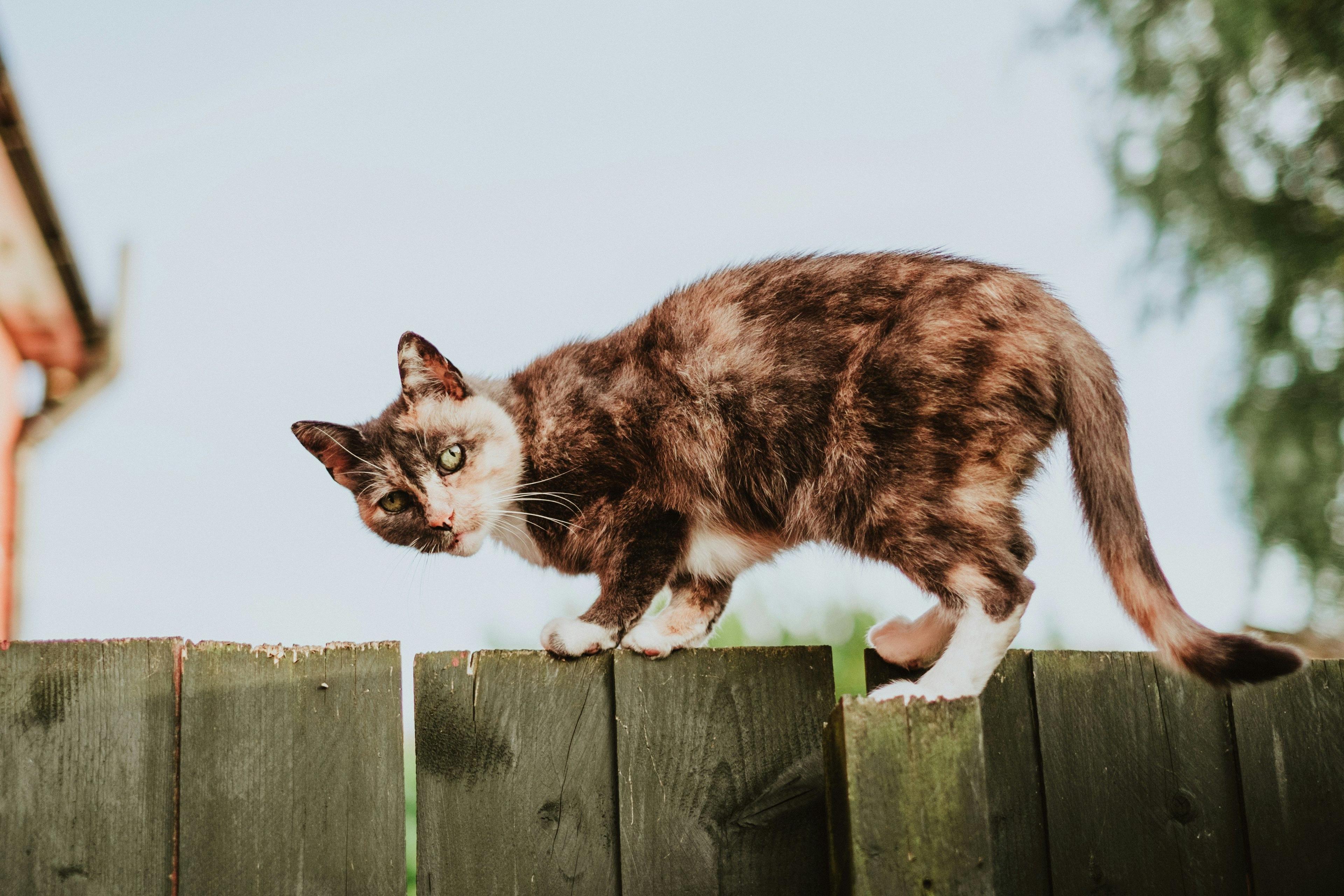
Image: Mitchell Orr / Unsplash
Be a responsible pet owner
Desex your cat and keep it indoors or in a cat run
Many cat owners who let their pets roam outside aren't aware how far they travel or the collective impact they have on native wildlife. Research shows that every pet cat kept inside saves 110 native animals per year on average - that's a massive difference for biodiversity!
Cat containment is a win-win-win solution for wildlife, cats and their owners. Cats kept securely contained indoors or in a run live longer, healthier lives, have fewer expensive vet bills and are far less likely to pass diseases to their owners.
There are great tips on keeping your cat indoors on this RSPCA webpage.
Keep your dog on a leash in natural areas
Off-leash dogs can disturb and attack native wildlife. When animals spend time fleeing dogs, they miss out on time to eat, rest and feed their young.
You can help your local wildlife by keeping your dog on a leash unless it is a designated dog off-leash area offered by your local government. Keep your dog on leash everywhere else including beaches, rivers, and parks.
Tony Armstrong talks to Jaana Dielenberg, Biodiversity Council, about pet cats roaming outside and the impact they have on Australian native wildlife on ABC's Eat The Invaders series.
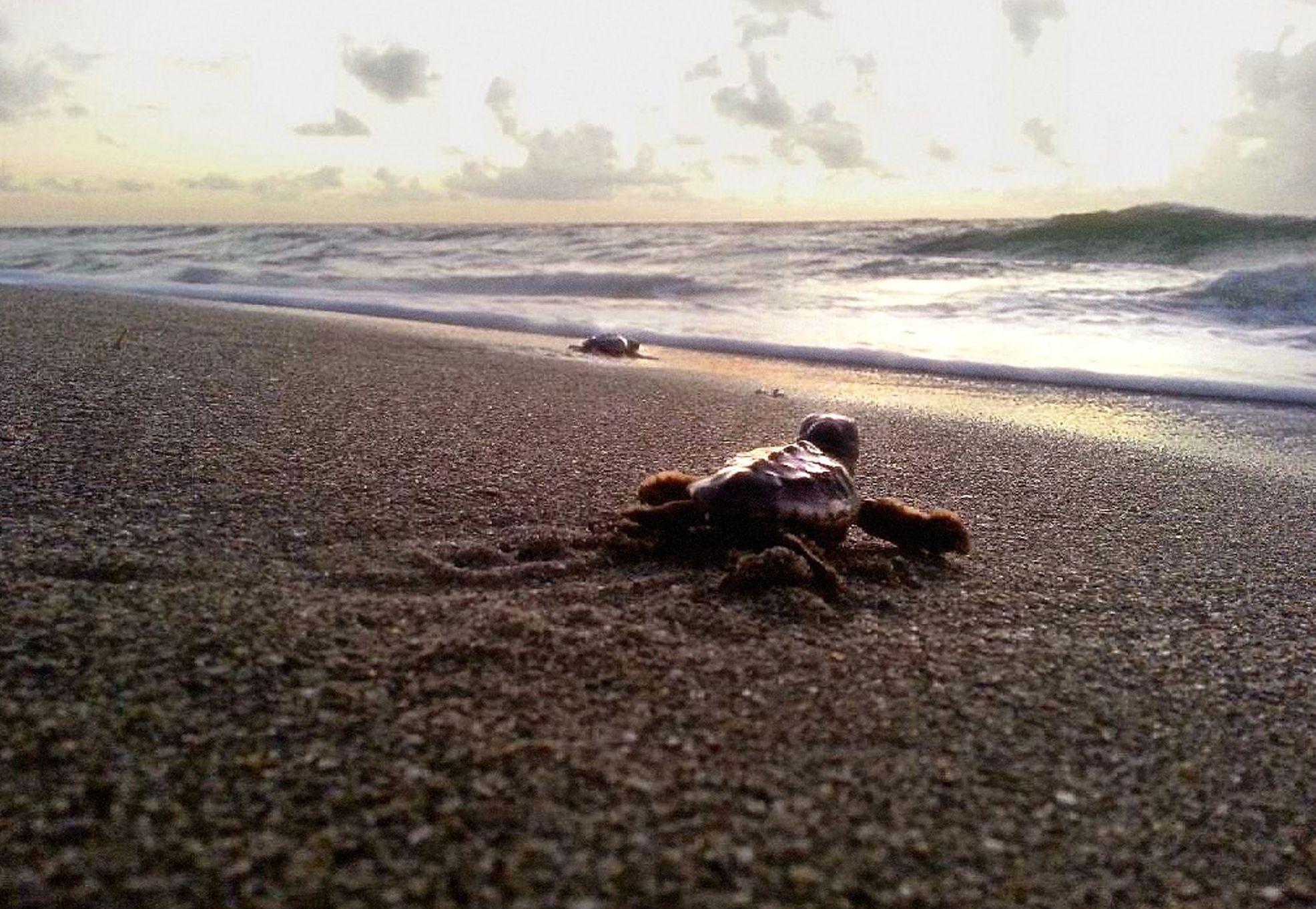
Artificial light at night has negative impacts on many species, like preventing baby turtles from finding the sea after hatching. Image: Veronica Runge, CC BY 2.0 / Wikimedia Commons
Cut your light pollution
Man-made lights at night have harmful impacts on a wide variety of species, including gliders, bats, wallabies, birds, sea turtles, fish, moths and spiders. It can influence feeding and breeding, predator–prey dynamics and the ability of wildlife to move through and use habitats. Artificial light has also been linked to a wide range of human health issues.
Follow these steps to help reduce your light pollution at home:
- Turn off lights you don't need to have on, especially outdoor lights. Timers and sensors can help minimise your impact.
- Stop indoor lights from shining outdoors at dusk by closing your curtains.
- Use low intensity lights and dimmers outdoors. Amber and red lights have less impact on wildlife than white lights, which contain blue wavelengths that also impact human health.
- Choose lights with shields that are directed downward to prevent light shining toward the sky or into nearby vegetation.
- Plant corridors of trees and shrubs to provide more dark habitat for animals that also helps them hide from predators.
- At Christmas, choose day-time decorations or window light displays instead of covering the house and yard in bright lights.
- Support calls for greater regulation to reduce light pollution in your local area.
Jaana Dielenberg talks about the impacts of light pollution on wildlife, particularly as we introduce more light outdoors during the festive season. Interview on ABC News Weekend Breakfast.
Purchase biodiversity-friendly food products
Currently, there's very little transparency when it comes to the environmental impacts of grocery store products, like their contribution to habitat clearing or climate change, making it challenging to choose sustainable food options.
However, there are useful resources and apps to help you make an informed decision when choosing what to purchase.
Choose food and beverage products with lower climate impacts
Food production is responsible for around one-third of greenhouse gas emissions, contributing to climate change and negatively impacting the environment.
The ecoSwitch app, developed by The George Institute of Health, lets you scan barcodes to see a food’s climate impact and suggests greener alternatives. For instance, substituting beef with chicken or a plant-based alternative, or opting for tomato-based pasta sauce instead of cream, can make a big difference to your household's emissions.
Top grocery picks, like red meat, chocolate and coffee, had some of the highest rates of greenhouse gas emissions.
There are also educational apps like Fork Ranger that help you better understand the climate impacts of our food systems while also providing nature-friendly recipes.
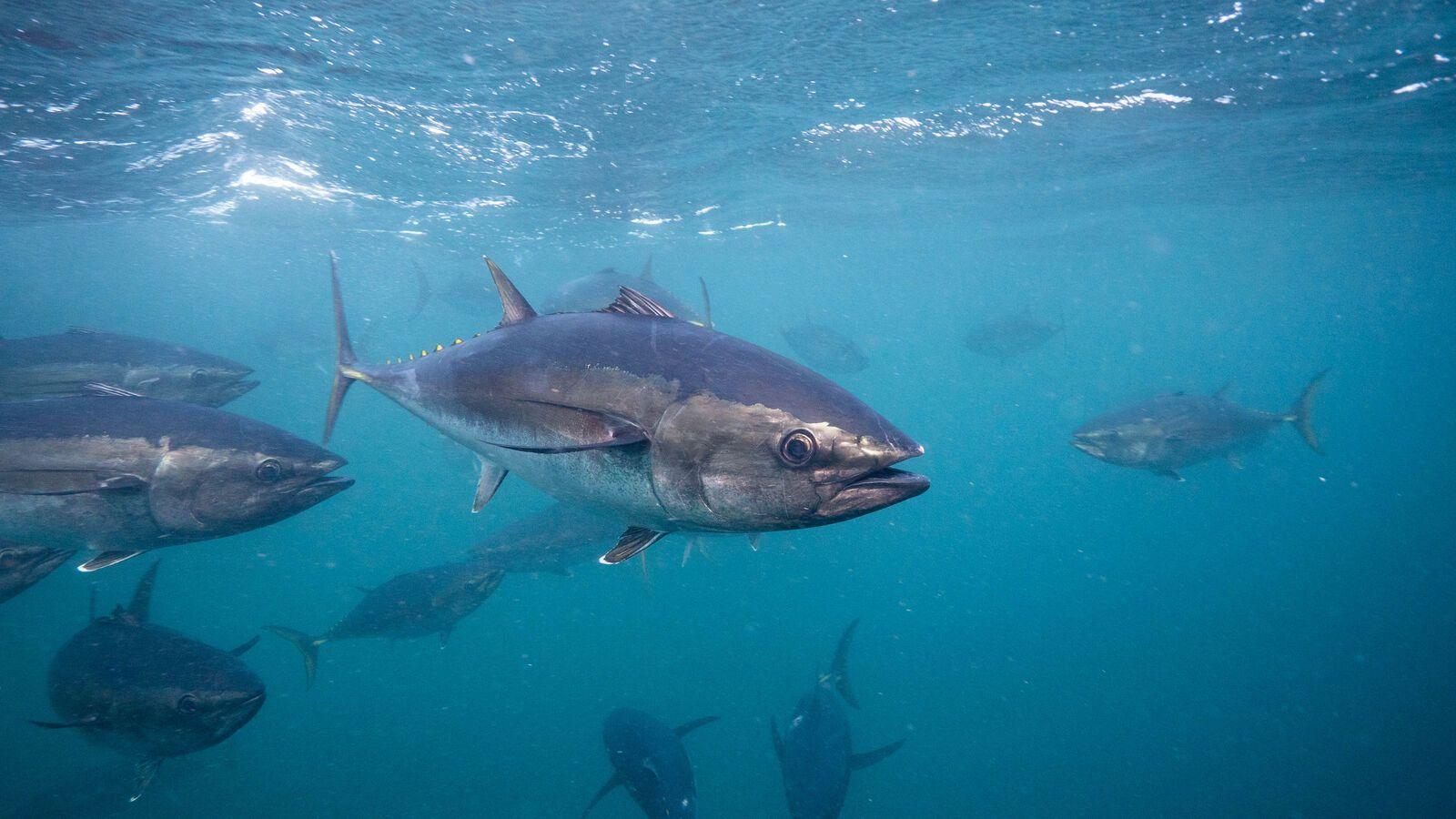
Southern Bluefin Tuna in Port Lincoln. Image: Stefan Andrews, courtesy Great Southern Reef Foundation
Choose sustainable seafood products
Overfishing impacts the sustainability of stocks and also other species through the unintentional capture of marine life.
Some fish in your supermarket or restaurant are much more sustainable choices than others. To help you choose, look for the blue marine stewardship council (MSC) tick or green Aquaculture Stewardship Council (ASC) tick on seafood products when you shop.
Check out Australia’s Sustainable Seafood Guide, which is available as an app.
Eat less beef and lamb
Beef and lamb production involves the clearing and overgrazing of natural habitats and culling of native predators.
You can help conserve habitat across many parts of Australia by reducing the amount of red meat you eat. You can do this by eating smaller serves of red meat, swapping red meat for poultry or MSC seafood, or eating more protein-rich plant based alternatives like beans and nuts.
Eating less red meat is also really great for your health and reduces your risk of cancer.

Image: Marc Dalmulder / Flickr
Choose biodiversity-friendly investments
You may not realise it, but money sitting in your bank account or going into your superannuation for retirement is invested on your behalf, often into companies that have harmful impacts on biodiversity.
However, you can choose to actively invest your money into more ethical and biodiversity-friendly alternatives, here's how:
Review your super fund
For most people, superannuation is their biggest and most long-term investment. Fortunately, more and more super funds are deciding to invest and grow your retirement savings using nature-positive companies.
There are many tools to help you compare super funds so you can choose to divest your money from harmful industries.
Review your bank
When you deposit money into a bank, it doesn't just sit there but is invested by the bank to generate profit. However, these investments mightn't always align with your biodiversity-friendly goals.
Compare how your bank invests its money and choose whether to move your savings to a more ethical bank.
Choose ethical investments
For people who want higher returns on their money over a long period of time, investing in shares and funds, like ETFs, are a good option. However, it can be challenging to choose which investments are nature-friendly, especially since there's quite a lot of greenwashing in the market, with many products labelled as 'sustainable' or 'balanced.'
Tools like the Responsible Investment Association of Australasia’s certification and the Ethical Advisers’ Co-op’s Leaf rating are a great place to start looking.

Image source: Marga Santoso / Unsplash
Advocate for nature
Nature needs advocates to speak up and push decision-makers for stronger protection and management, ensuring Australia’s unique biodiversity is safeguarded for future generations.
Here's how you can be a better advocate for nature:
- Join local nature groups to help improve your local environment and stay abreast of issues important to your area.
- Meet with or write to your local member to talk about your concerns. There are many guides online to help you.
- Write to the Environment Minister to encourage them to do better for nature.
- Vote for political candidates based on environmental policies.
- Stay in-the-know by signing up to eNGO newsletters (like ours) and follow their social media accounts for the latest news.
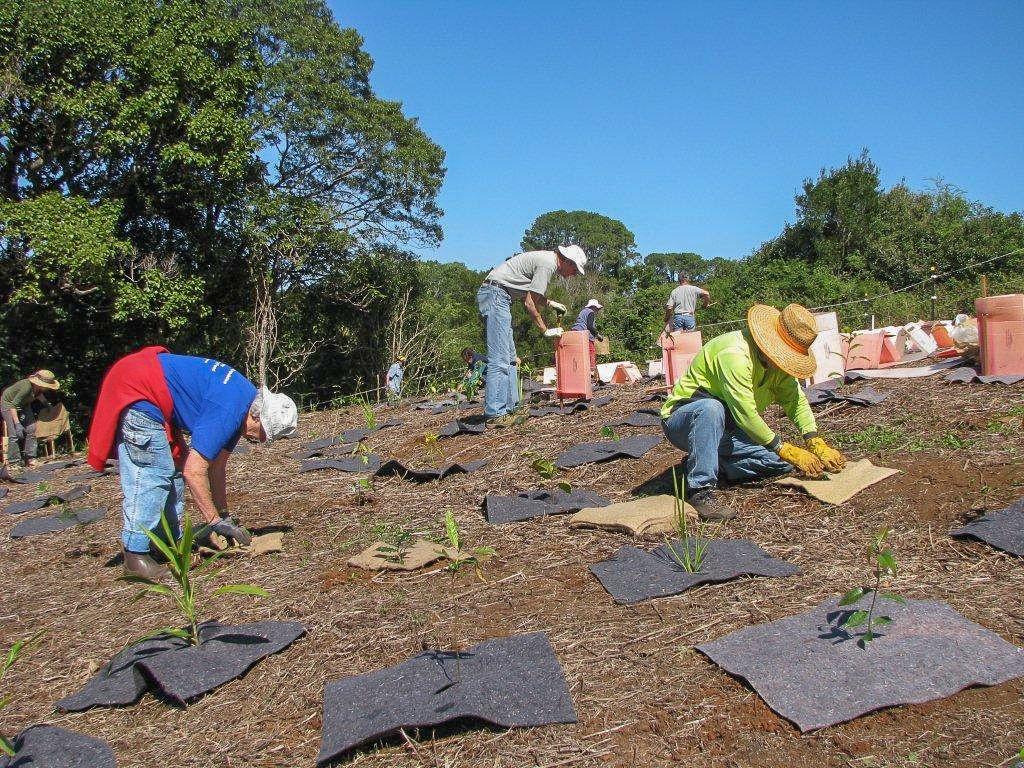
Image: Serendigity / Flickr
Support organisations working to protect nature
Donations enable environmental groups to advocate on behalf of nature, helping to create better planning and policy outcomes.
Consider supporting the Biodiversity Council; Australia’s trusted, evidence-based voice for nature. We're bringing together leading experts in science, Indigenous knowledge, law, policy, economics, behaviour change and communications to shape a clear vision for Australia’s environment. Find out more about our work.








